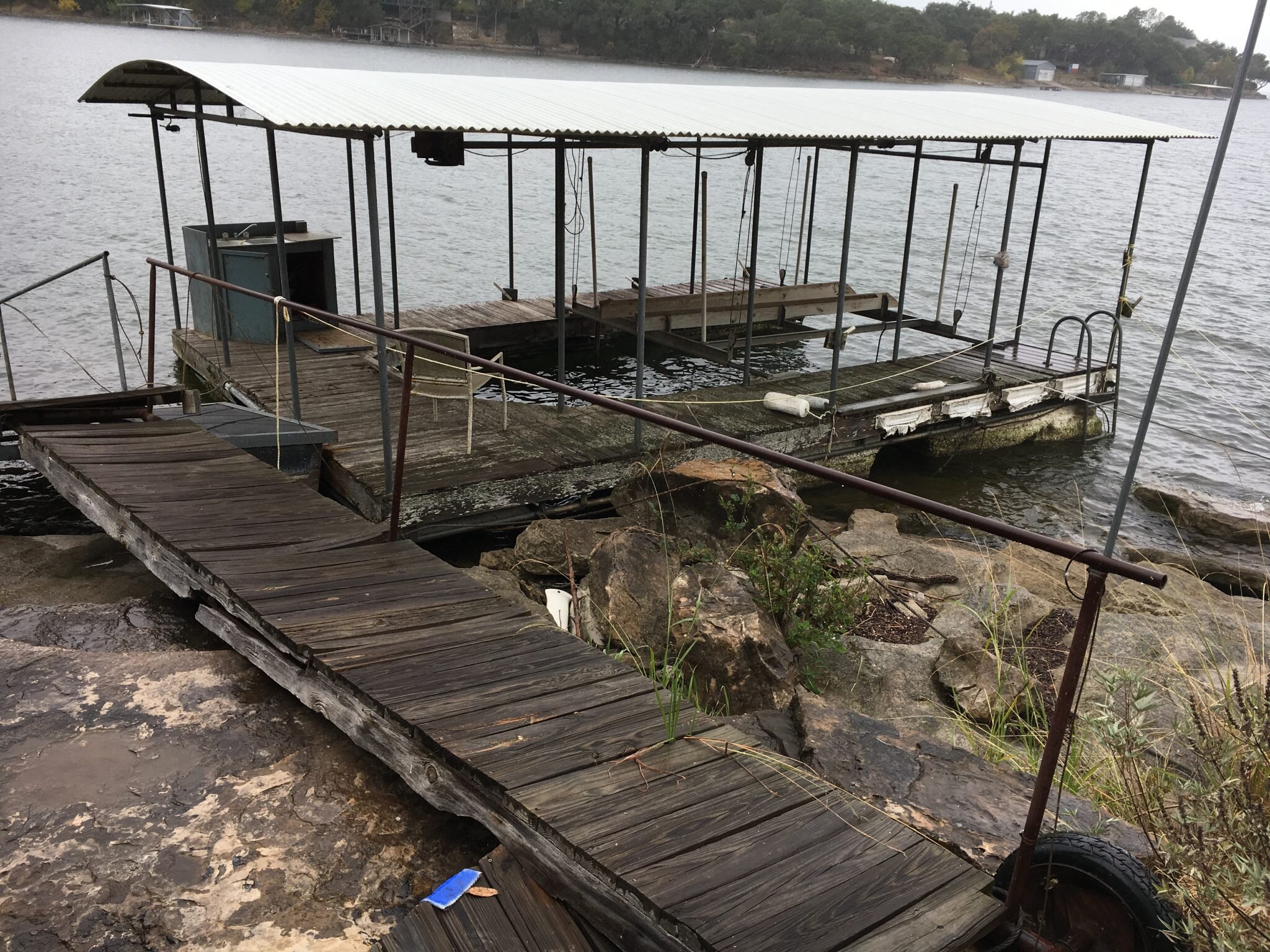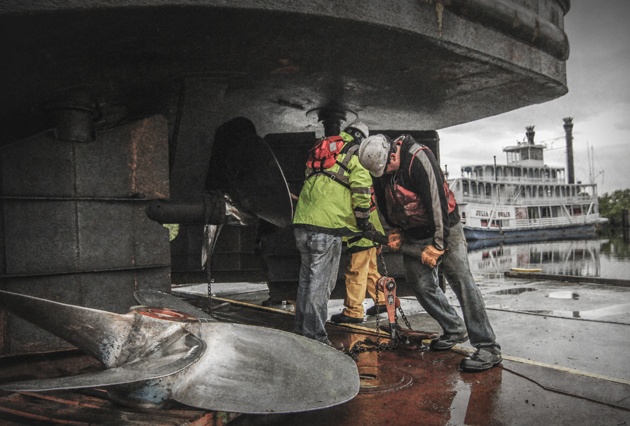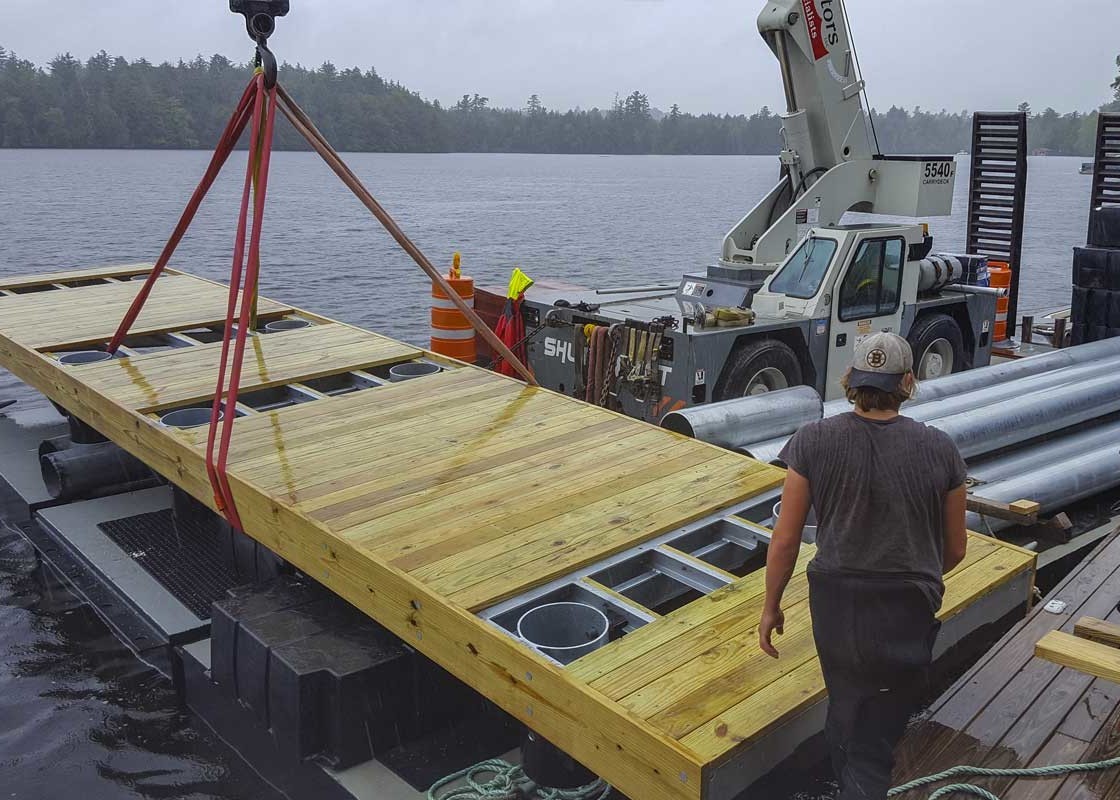Comprehending the Expenses Involved in Dock Repairs
Comprehending the Expenses Involved in Dock Repairs
Blog Article
Reliable Dock Fixing Techniques: Ensuring Structural Integrity
Guaranteeing the structural stability of docks with effective repair service techniques is extremely important for the durability and safety and security of marine facilities. Ultimately, selecting the appropriate repair work products, such as composite products and corrosion-resistant alloys, is essential for longevity.
Examining Dock Damage
Evaluating dock damages is a critical initial action in making sure the architectural honesty and security of any kind of docking facility. Secret facets to analyze consist of the dock's foundation, pilings, decking, and equipment (Dock Repairs).
Structural designers or qualified assessors normally perform these assessments using specialized devices and methods. Undersea evaluations might employ sonar equipment or remotely operated vehicles (ROVs) to detect immersed damage. Above water, aesthetic assessments are matched by utilizing moisture meters and other analysis tools to uncover underlying issues not immediately visible to the nude eye.

Deciding On Repair Materials
Choosing the ideal repair work materials is a crucial action in the dock remediation procedure, one that directly affects the longevity and efficiency of the fixed structure. Material choice must be driven by aspects such as ecological conditions, load-bearing demands, and compatibility with existing dock parts.
Along with timber, composite materials are progressively popular as a result of their longevity and low maintenance demands. Composites, usually made from a mix of plastic and wood fibers, use outstanding resistance to rot, pests, and UV damages. For steel anchors, selecting corrosion-resistant alloys such as galvanized steel or marine-grade light weight aluminum is vital to prevent rust and guarantee structural stability in saline water conditions.
Epoxy resins and marine-grade sealers are crucial for fixing splits and securing joints, offering a water-proof obstacle and enhancing the dock's general toughness. By thoroughly selecting high-grade materials, dock repairs can accomplish lasting outcomes, thereby securing versus future deterioration and ensuring risk-free, dependable usage.
Architectural Reinforcement Methods
Effective architectural support strategies are essential in making sure the security and long life of dock repairs. This method is specifically reliable for anchors subjected to heavy loads or rough ecological conditions.
One more vital method is the application of fiber-reinforced polymers (FRP) These materials use high strength-to-weight ratios and outstanding resistance to corrosion, making them perfect for reinforcing wooden or concrete anchors. FRP can be used in sheets or strips and bonded with epoxy resins to enhance structural stability.
Bracing and anchoring systems additionally play an essential role in structural support. Cross-bracing, utilizing steel or wood beam of lights, can combat lateral forces, decreasing persuading and motion. Securing systems, such as helical piers or driven heaps, provide a stable foundation by transferring loads to much deeper, more secure dirt layers.
Lastly, the integration of load-distribution plates can help disperse weight much more uniformly across the dock's surface, reducing local anxiety factors. These methods collectively make sure that docks stay durable and safe, qualified of holding up against the rigors of their functional atmosphere.
Advanced Fixing Techniques

An additional sophisticated technique entails undersea welding, which permits repair services to be carried out without the need to dewater the area. This method is particularly beneficial for attending to architectural problems in immersed dock parts, ensuring minimal interruption to procedures. Enhanced welding techniques, combined with robot systems, supply accuracy and dependability, consequently expanding the lifespan of the dock.
Additionally, cathodic protection systems are executed to stop rust in metallic dock structures. By utilizing sacrificial anodes or amazed present systems, these methods Get the facts properly minimize the electrochemical processes that cause material degeneration.
Last but not least, progressed tracking technologies, such as structural wellness surveillance (SHM) systems, find more supply real-time information on the condition of dock structures. These systems enable proactive maintenance and prompt treatments, ultimately making sure the long-lasting architectural honesty of the dock.
Upkeep and Avoidance
Upkeep and avoidance are essential ideas that underpin the durability and security of dock structures. Normal assessments are critical, allowing for early discovery of deterioration, potential weak points, and ecological effects. A proactive strategy, entailing routine look for deterioration, rot, and architectural shifts, reduces costly fixings and lengthens the dock's operational life.
Precautionary measures need to consist of using protective coatings to steel elements to defend against rust and making use of cured wood to withstand decay. In addition, guaranteeing proper water drainage and ventilation can prevent water accumulation, which is a typical cause of structural destruction. Including top quality products and sticking to supplier guidelines throughout building and repair work phases likewise play important roles in boosting longevity.

Training personnel in dock maintenance best methods makes certain regular application of safety nets. Leveraging technical advances, such as drones for assessments and sensing units for real-time surveillance, can better improve upkeep initiatives. By prioritizing maintenance and avoidance, dock proprietors can make certain architectural integrity, operational safety and security, and economical management over the dock's lifespan.
Conclusion
In final thought, keeping the structural stability of marine centers necessitates detailed dock repair methods. Advanced repair work strategies, coupled with normal maintenance methods, make sure the dock remains secure and operational under diverse ecological conditions.
Making certain the structural honesty of docks with reliable repair work strategies is paramount for the durability and safety of aquatic centers.Selecting the ideal repair work products is a crucial step in the dock remediation procedure, one that directly affects the durability and performance of the fixed structure.Reliable architectural support methods are vital in making certain the stability and long life of dock repair services. By focusing on upkeep and prevention, dock owners can make certain structural stability, functional safety and security, and affordable administration over the dock's life-span.
In conclusion, maintaining the structural stability of aquatic centers requires detailed dock repair work strategies.
Report this page